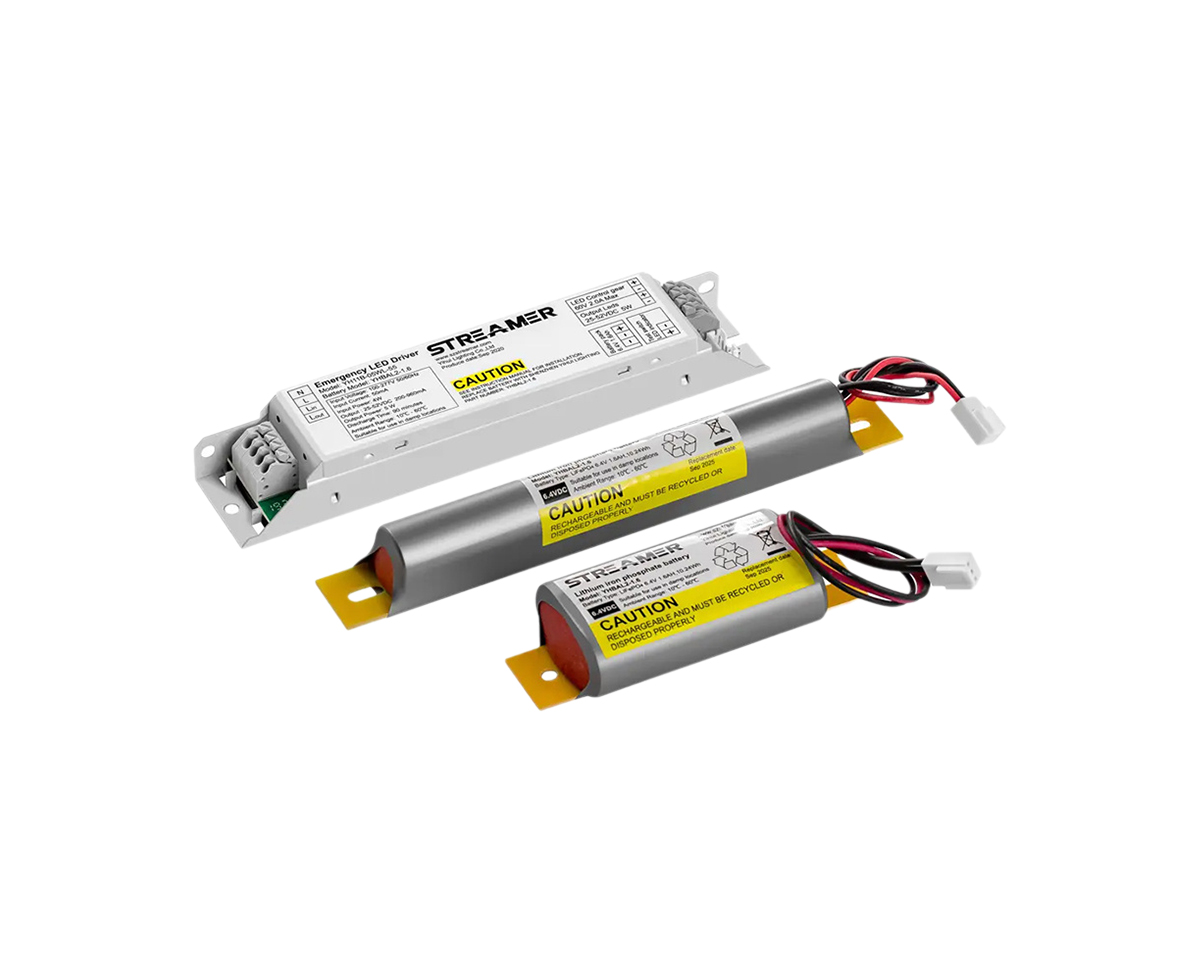 1
1
 May 05, 2025
May 05, 2025

The protection criteria for LED emergency converters are established to safeguard the devices and ensure their proper operation in various environments while also protecting users from potential hazards. These criteria encompass multiple aspects, including electrical protection, environmental protection, and mechanical protection.
Electrical protection is of utmost importance. LED emergency converters are equipped with various electrical protection mechanisms. Over - voltage protection is a key feature, which prevents the device from being damaged when the input voltage exceeds the rated value. For example, if there is a sudden power surge in the electrical grid, the over - voltage protection circuit will automatically cut off the power supply or regulate the voltage to a safe level. Under - voltage protection is also crucial. It ensures that the converter stops operating when the battery voltage drops below a certain threshold, preventing deep discharge of the battery, which can significantly reduce its lifespan. Additionally, short - circuit protection is implemented to prevent damage to the internal components in case of a short - circuit within the device or in the connected electrical circuit.
Environmental protection criteria focus on the converter's ability to withstand different environmental conditions. As mentioned before, the Ingress Protection (IP) rating system is commonly used to define the converter's resistance to dust and water. An LED emergency converter with an IP65 rating, for instance, is protected against dust ingress and can withstand water jets from any direction. In addition to dust and water, LED emergency converters are also designed to operate in a wide range of temperatures. Some models are rated for use in extremely cold environments, such as - 20°C, while others can function in high - temperature areas up to 50°C. This allows them to be deployed in various indoor and outdoor settings, from cold storage facilities to outdoor construction sites.
Mechanical protection is aimed at ensuring the converter's physical integrity. The housing of the LED emergency converter is designed to be impact - resistant. It can withstand drops from a certain height without breaking or malfunctioning. For example, a converter may be tested by dropping it from a height of 1.5 meters onto a concrete surface multiple times. The internal components are also protected by shock - absorbing materials and proper mechanical mounting to prevent damage from vibrations. This mechanical protection is essential for maintaining the converter's functionality during transportation, installation, and normal use.